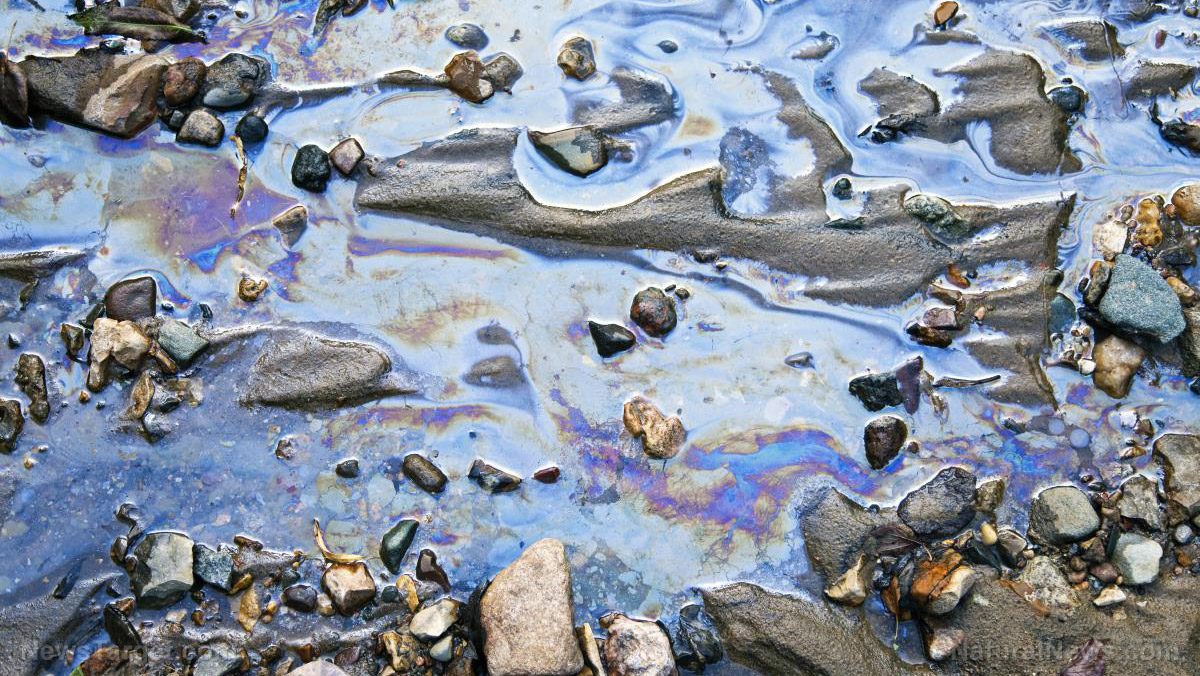We can prevent shoreline erosion by protecting coral reefs: Restoring them helps protect islands
05/30/2018 / By Ralph Flores

Keeping corals healthy has far-reaching benefits, not only for the corals themselves but also for nearby coastlines. New research, published in the Journal of Environmental Management, looked at the “protective role” of coral reefs and assayed a solution that addressed coral reef degradation and shoreline erosion – problems which have regularly plagued coastlines.
Researchers from the University of California, Santa Cruz and Nature Conservancy worked in Grenville Bay in Grenada to explore the link between a healthy reef and shoreline stability. These two factors, they explained, have become major global problems: In the U.S., at least 85 percent of all barrier beaches along the east coast have shown signs of erosion over the past century. This is further compounded by factors such as sea level rise, coastal storms, and subsidence – the natural sinking of the Earth.
The brunt of the impact is felt in island nations, which predominantly have most of their population living in coastal areas. This, together with a limited land area and a heavy dependence on tourism and fishing, make them prone to the effects of reef degradation and coastal erosion.
The port of Grenville, the location for the research, is the second-largest city in Grenada. Located on the east coast of the island, the city is the landing site for fishermen from the eastern side of the island. The bay’s shoreline is protected by a coral reef system; however, the northern part of the bay – called the Telescope Area – has been plagued by flooding, as well as sediment erosion.
For the study, the researchers used a three-step methodology: (1) a study of historical coastal changes; (2) an examination of the role of coral reefs in shoreline positioning; and (3) the design of an artificial reef that will protect the coast. The researchers culled six decades’ worth of historical shoreline and climate data and used a wave energy model to understand the role of currently existing reefs and their impact on the local community. These were then collated by researchers and used to construct an artificial reef solution.
“We are able to apply coastal engineering tools and models to support reef science and management. Ours is one of the first studies to directly show with evidence from the field sites and engineering models the impacts of reef loss on shorelines,” explained lead author Borja Reguero, a researcher at the Institute of Marine Sciences at UC Santa Cruz.
They found a positive correlation between the two – the healthy and well-developed reefs in the southern part of the bay meant that its shoreline was also stable and in equilibrium while the degraded reefs in the northern part of the bay also reflected a severely eroded shoreline.
Data gathered from 1951 to 2012 revealed large areas of shoreline retreat in the north due to sediment removal. The current waterfront of the town also showed that it had moved by 100 meters, a result of coastal armoring and construction.
In line with this, the coral population in the north also suffered from anthropogenic causes. Researchers pointed out the likely culprits include disease, overfishing, and beach sand mining in the area. (Related: Another danger for coral reefs: Plastic trash transports microorganisms that spread disease across the ocean floor.)
However, researchers believe that the health of corals, not anthropogenic factors, directly caused the erosion.
They explained: “When the coral cover is reduced to less than approximately 10 percent, reef growth is no longer sufficient to keep up with erosion and the reef gradually becomes deeper.” As the reefs sink deeper, the coastlines are exposed to the full effects of the wave energy, causing erosion.
There have been efforts to adapt to the phenomenon. Villagers in the area have set up makeshift barriers out of tires and driftwood in an attempt to abate the erosion, but to no avail. In this study, they put a reef-based breakwater structure to the test, as part of the community-based project At the Water’s Edge. The project, supported by the German Federal Foreign Office and in partnership with Grenada Fund for Conservation, Grenada Red Cross Society, and the community, was launched in 2015 as an inexpensive and locally-sourced alternative to deal with high wave energy and storms. Live coral fragments were integrated into the structure to promote natural reef growth. Researchers posited that it can be used in small island nations, which “have the most to gain from protecting and managing coral reefs as coastal infrastructure.”
Learn about other scientific breakthroughs by heading to Science.news today.
Sources include:
Tagged Under: conservation, coral reef restoration, corals, Ecology, ecosystem, environment, islands, marine life, marine species, Oceans, science, shoreline erosion, soil erosion, wave energy



















